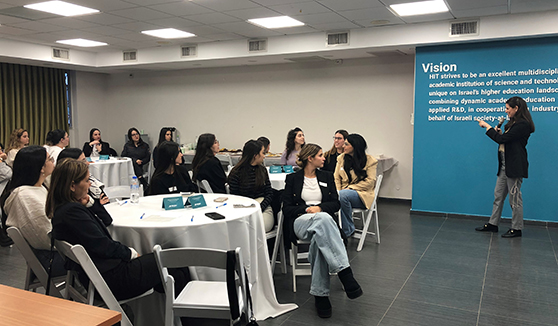Timing of Decision Making: The research centers on the relationship between the information system's time and content characteristics and the value of the information. It suggests a method to model the utility considerations that lead to the choice of an information system. The entailed models are employed to illuminate certain facets of the productivity paradox. The results of the analysis indicate that there is a direct relationship between systems characteristics over time, and its level of informativeness. Consequently, there are some aspects of the "Productivity Paradox" that may be explained by using these results. The research proves a number of theorems and discusses the theoretical and practical interpretation of the results. (Timing and decision making, LNBIP, 221, 2015 (89-100)). This research can be expanded into further directions of research.
Decision Analysis of implementation of ICT: The research suggests a new normative model that attempts to analyze why improvement of versions of existing decision support systems do not necessarily increase the effectiveness and the productivity of decision making processes. Moreover, this research suggests some constructive ideas, formulated through a normative analytic model, how to select a strategy for the design and switching to a new version of a decision support system (DSS), without having to immediately run through a mega conversion and training process while temporarily losing productivity. Furthermore, this approach explains normatively the phenomenon of "leaks of productivity”, namely, the decrease in productivity of information systems, after they have been upgraded or replaced with new ones. (Evolution or revolution of organizational information technology – Modeling decision makers' perspective, J. of Service Science and Management, 3(1), 2010 (51-66), with N. Ahituv). This research can be expanded into further directions of research.
Productivity of ICT: More than 20 years have passed since Robert Solow (1989) used the term "productivity paradox" of IT. About 9 years later, Brynlolfsson and Hitt (1998) identified that we are in the very early stages of an information revolution, whose effects are still unclear to the human community. Now, from a more mature perspective, we try to demonstrate some of the aspects that will affect productivity of ICT in the forthcoming years. DEPICT (Definition of the Productivity of ICT) is a research project aimed to "refresh” the approach to ICT Productivity. The goals of DEPICT are: Conducting a comprehensive literature survey of the existing definition and attributes of ICT Productivity. Create a data depository on ICT and Productivity. Analyze the findings and identify the missing concepts in the traditional definition of ICT Productivity. Generate revised theoretical concepts, models and a framework that will serve as a foundation for the conduct of empirical research. (Reviewing and Renewing the Definition of the Productivity of ICT in the Era of Cyberspace, Internet, Open Information and Shared Knowledge ,A Sponsored research by Institute for Information, Innovation and Productivity (IIIP), USA, 2009-2012, With N. Ahituv, E.A. Stohr, I. Milstein, A.Z. Balasiano, H. Jin ). This is an ongoing research.




